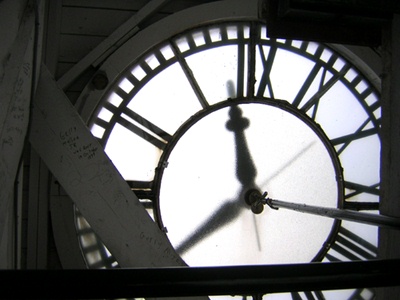All Nonfiction
- Bullying
- Books
- Academic
- Author Interviews
- Celebrity interviews
- College Articles
- College Essays
- Educator of the Year
- Heroes
- Interviews
- Memoir
- Personal Experience
- Sports
- Travel & Culture
All Opinions
- Bullying
- Current Events / Politics
- Discrimination
- Drugs / Alcohol / Smoking
- Entertainment / Celebrities
- Environment
- Love / Relationships
- Movies / Music / TV
- Pop Culture / Trends
- School / College
- Social Issues / Civics
- Spirituality / Religion
- Sports / Hobbies
All Hot Topics
- Bullying
- Community Service
- Environment
- Health
- Letters to the Editor
- Pride & Prejudice
- What Matters
- Back
Summer Guide
- Program Links
- Program Reviews
- Back
College Guide
- College Links
- College Reviews
- College Essays
- College Articles
- Back
Hamlet Essay - Life or Death?
In the play Hamlet by William Shakespeare, the main character that the play was named after, was being pulled in conflicting directions by two compelling desires. These two desires are as different as life and death. They are, in fact, life and death. Throughout the play and particularly in his famous “to be or not to be” soliloquy, we see that Hamlet is in a constant struggle with himself over the conflicts of a terrible life compared to the enigma of death. We see him range from one side of the spectrum to the other over the poplar topic, and through his self-conflict we see more clearly perhaps the biggest of Shakespeare’s intended themes and the overall meaning of the work: the worth of life and the mystery of death.
On one side of the spectrum we see Hamlet contemplating the worth of life. Specifically in his most popular soliloquy, Hamlet discusses (with himself) if a life full of pain is even worth living. As we see from the rest of the play and eventually its conclusion, life has little victory in this essay. Hamlet’s only arguments (to himself) for continuing his life are to finally attain revenge for his father’s murder and that he is too scared to face the unknown of death. He contemplates whether or not death is a black nothingness or whether it is filled with dreams as in sleep. Because he does not know, and because he says that he cannot ask someone (because people do not return from this endless sleep), he decides that the unknown is worse than present pain. Throughout the story it is also evident that he only continues his life in order to end another’s. He seeks revenge for the murder of his father at the hands of his Uncle Claudius, now King Claudius. As we see at the finish of the play, death has overcome all of the major characters, except for Horatio, who is talked out of it by the dying Hamlet. Life, both within Hamlet and in the play as a whole has little triumph.
On the far side of the spectrum, Hamlet also contemplates death. We see in his recognizable soliloquy that he fears death. He fears the mystery and the unknown. He chooses to continue his life because of the enigma. Later in the play, when he goes to the graveyard, he again confronts this enigma of death. In this scene he finds the skeletal remains of his childhood friend Yorick, the equivalent of a court jester or castle fool, who has been reduced to nothing but dust and bones. Hamlet has a profound revelation in this moment, realizing that everyone dies, regardless of what they have conquered or accomplished in this life. He references Alexander the Great and Julius Caesar, two of the most powerful rulers in all of history. Both of these mighty people had conquered countries, fought wars, gained wealth and fame and power, but just like Yorick were reduced to dust. This epiphany served to end Hamlets fear of death, and also see the uselessness of this current life. Even though death was still just as mysterious to him, he did not fear it because every man had to face it. Through this experience (which was quickly followed by fighting on top of a dead body) he learned that no matter what a man accomplished, death would ultimately have the victory. Death is more powerful than any man could be.
Through this confliction between life and death, not only in Hamlet but also in the story as a whole, the reader will easily identify one of Shakespeare’s greatest meanings for this play: the worth of life and the unknown of death. It can be concluded through Hamlet’s thoughts, actions and words, that life, and what is done in it, has little worth when all roads lead to death. The fact that death conquers everything overpowers the unknown that frightens most people. The play ends with the death of all of its major characters, symbolizing that death has once again conquered all: the murderer, the innocent, the traitors, the lovely, the ugly, the strong and the weak.

Similar Articles
JOIN THE DISCUSSION
This article has 0 comments.